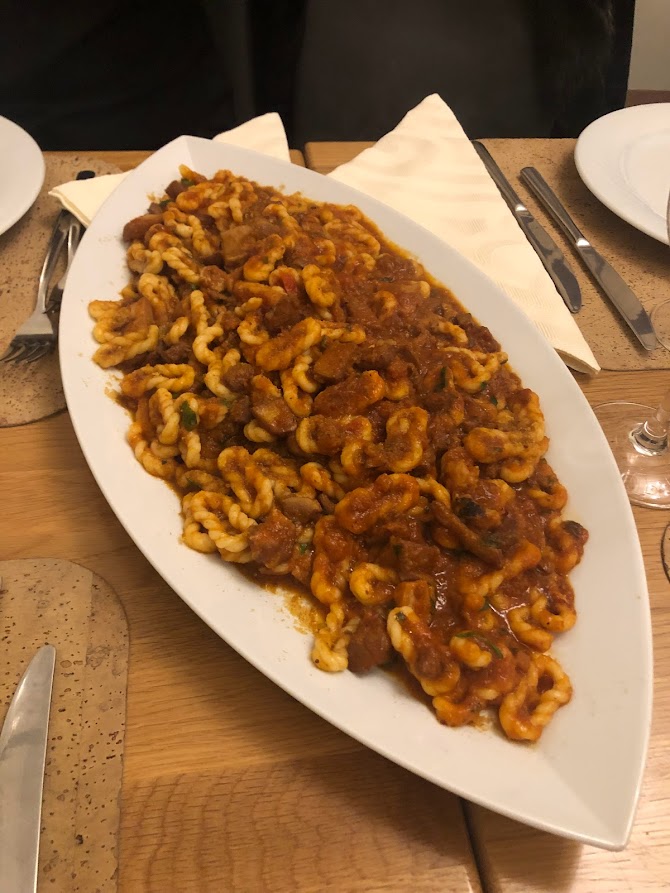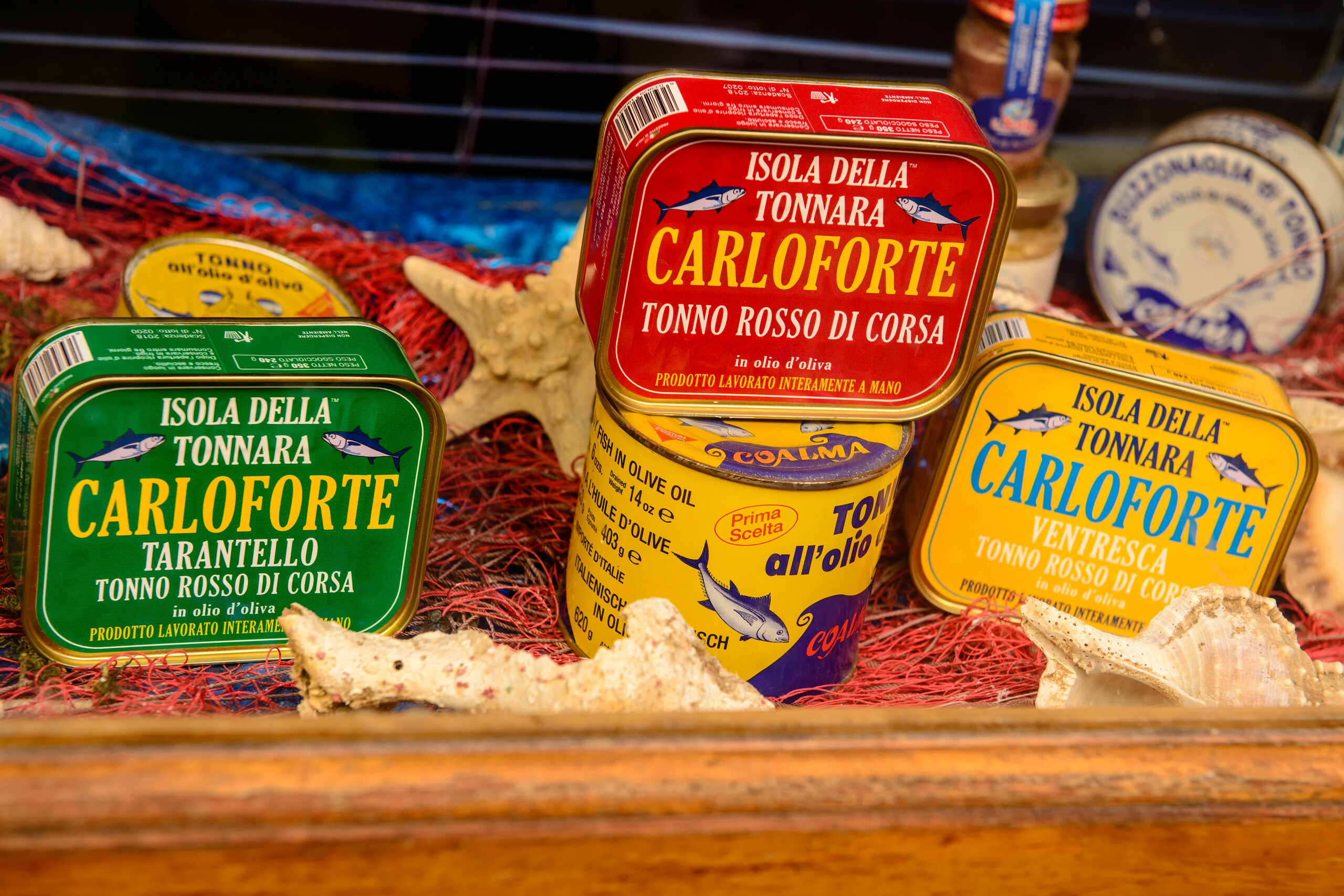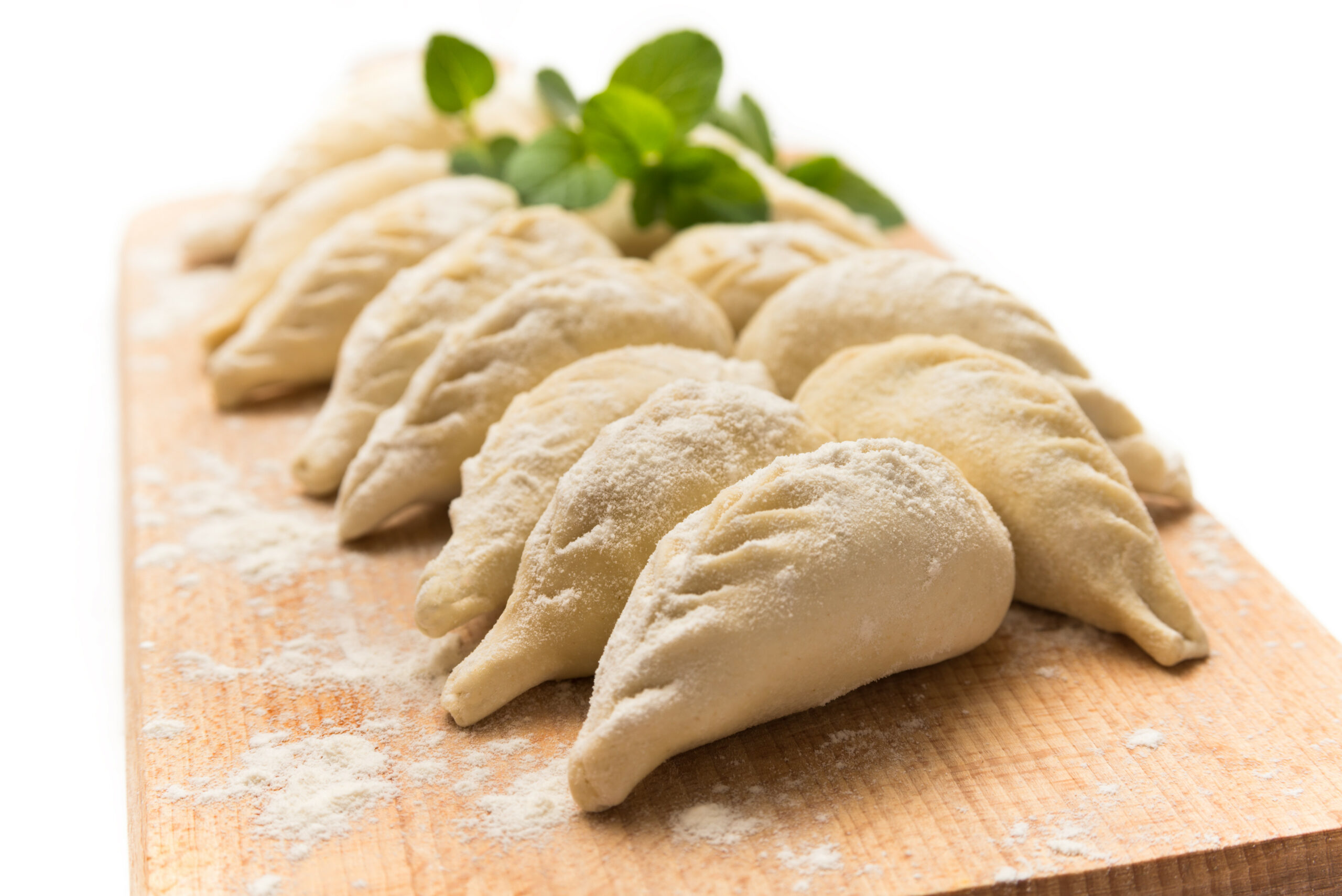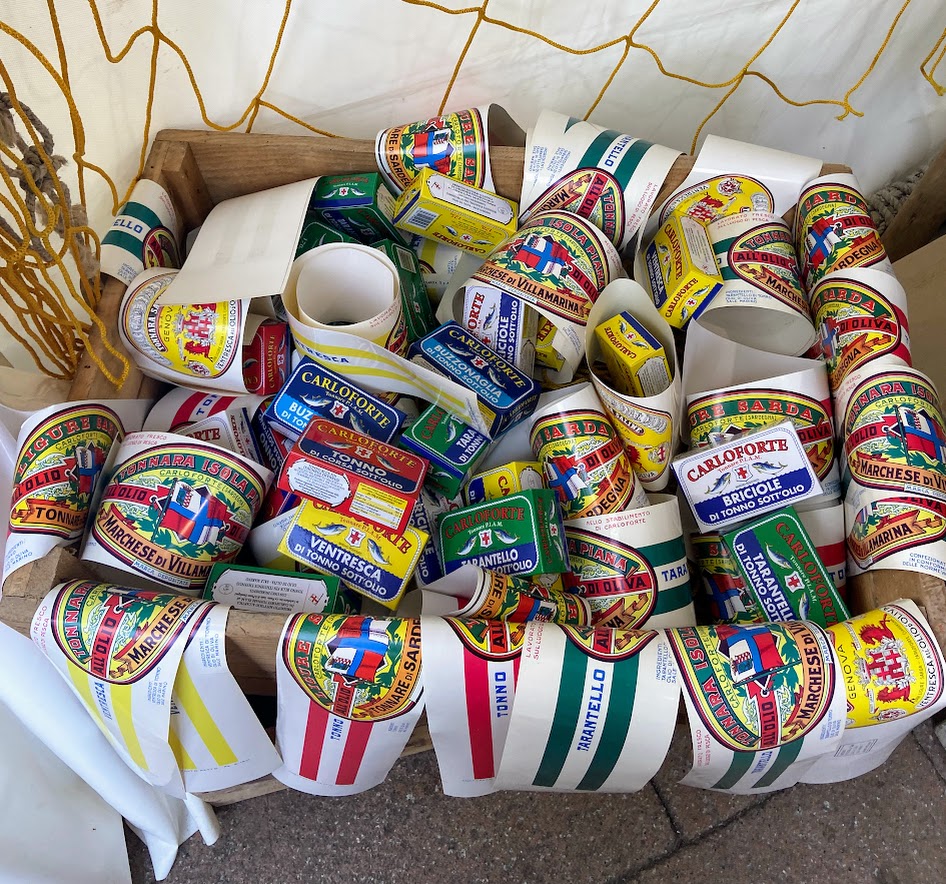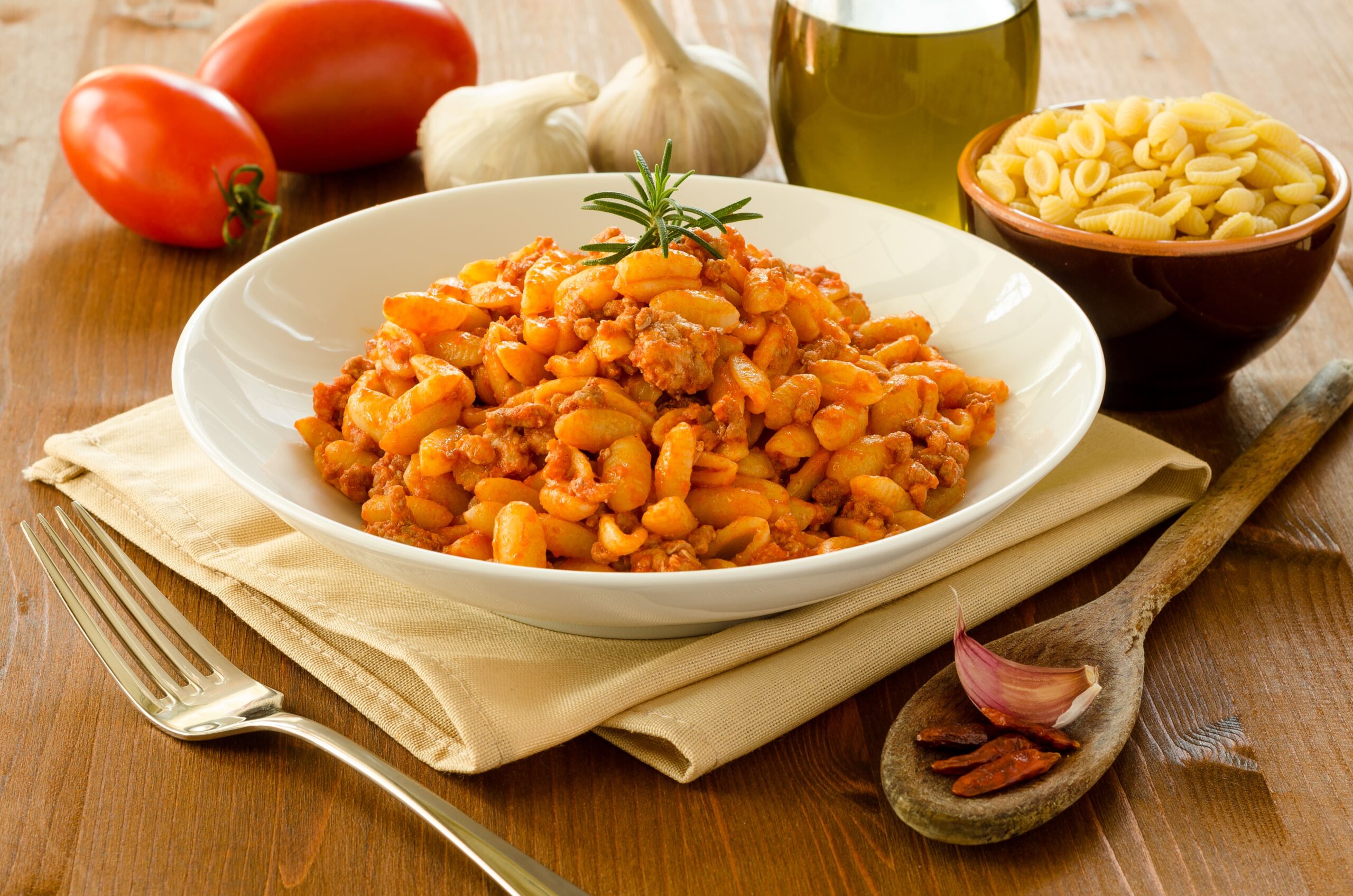
The story of Malloreddus
Malloreddus or so called sardinian gnocchi, is typical, about 2 cm long pasta in the shape of a shell. Malloreddus has always been the most prepared traditional meal in Sardinia and to this day it cannot be missing during important events in any Sardinian home or restaurant, at festivals and village celebrations. The origin of this typical pasta is to be found in the thousand-year-old tradition of agriculture and farmer´s nutrition in the Mediterranean region, based mostly on the cultivation wheat. The term malloreddu (plural malloreddus) is a diminutive of the word malloru, which in Sardinian Campidanese (South and Central Sardinia) means bull. Therefore Malloreddus means “little calves”. The production of gnocchi was done manually at home. By mixing durum wheat semolina with water, a dough was formed, from which about 15 cm long strips were rolled out and these were cut into cubes. The final shape was obtained by pressing the cubes of dough against the end of a straw basket called su ciuliri (sieve), which gave them a stripped pattern, or simply pressed against a wooden mat and they were smooth. This procedure resulted in a bulbous product, which in the shepherds’ imaginations had the form of small calves. A classic meal of Sardinian cuisine is malloreddus alla campidanese. Sardinian sausage is cut into small pieces, which are fried in oil with chopped onions and cooked for an hour with tomato sauce. A ragu is formed, to which a few strands of saffron are added ten minutes before the end of cooking. Cooked gnocchi are then covered with souce and Sardinian pecorino cheese.
